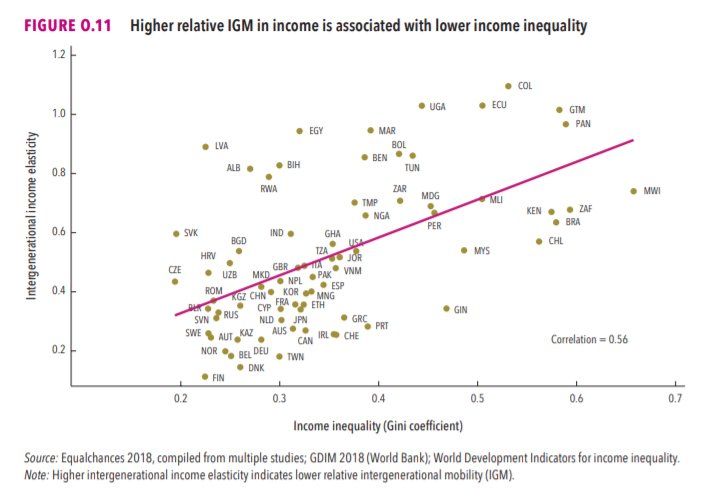This was a novel idea at the time, that you could pluck bits of information out of your mind and the external world and save it in a place you trust and control
1/ Here's the case for making "Curate" the first step in my methodology for personal knowledge management, known as CODE. Instead of "Capture"
C – Curate
O – Organize
D – Distill
E – Express
I\u2019m thinking of changing the C in CODE to Curate instead of Capture
— Tiago Forte (@fortelabs) January 18, 2021
Capture focuses on the mechanical action, which is trivial now
Curate focuses on the Curation Mindset of intentionally choosing what to consume, which is harder than ever
This was a novel idea at the time, that you could pluck bits of information out of your mind and the external world and save it in a place you trust and control
1) from your internal mind (where they cause stress)
2) immediately (before you forget them)
3) thoroughly (because even a single one slipping through the cracks can be catastrophic)
It suggests that if you don't capture something, it will escape, and that will be a bad thing
And if you don't get to it later, that's a good thing. The good stuff always comes back around
More from For later read
You May Also Like
1/OK, data mystery time.
This New York Times feature shows China with a Gini Index of less than 30, which would make it more equal than Canada, France, or the Netherlands. https://t.co/g3Sv6DZTDE
That's weird. Income inequality in China is legendary.
Let's check this number.
2/The New York Times cites the World Bank's recent report, "Fair Progress? Economic Mobility across Generations Around the World".
The report is available here:
3/The World Bank report has a graph in which it appears to show the same value for China's Gini - under 0.3.
The graph cites the World Development Indicators as its source for the income inequality data.

4/The World Development Indicators are available at the World Bank's website.
Here's the Gini index: https://t.co/MvylQzpX6A
It looks as if the latest estimate for China's Gini is 42.2.
That estimate is from 2012.
5/A Gini of 42.2 would put China in the same neighborhood as the U.S., whose Gini was estimated at 41 in 2013.
I can't find the <30 number anywhere. The only other estimate in the tables for China is from 2008, when it was estimated at 42.8.
This New York Times feature shows China with a Gini Index of less than 30, which would make it more equal than Canada, France, or the Netherlands. https://t.co/g3Sv6DZTDE
That's weird. Income inequality in China is legendary.
Let's check this number.
2/The New York Times cites the World Bank's recent report, "Fair Progress? Economic Mobility across Generations Around the World".
The report is available here:
3/The World Bank report has a graph in which it appears to show the same value for China's Gini - under 0.3.
The graph cites the World Development Indicators as its source for the income inequality data.

4/The World Development Indicators are available at the World Bank's website.
Here's the Gini index: https://t.co/MvylQzpX6A
It looks as if the latest estimate for China's Gini is 42.2.
That estimate is from 2012.
5/A Gini of 42.2 would put China in the same neighborhood as the U.S., whose Gini was estimated at 41 in 2013.
I can't find the <30 number anywhere. The only other estimate in the tables for China is from 2008, when it was estimated at 42.8.





























